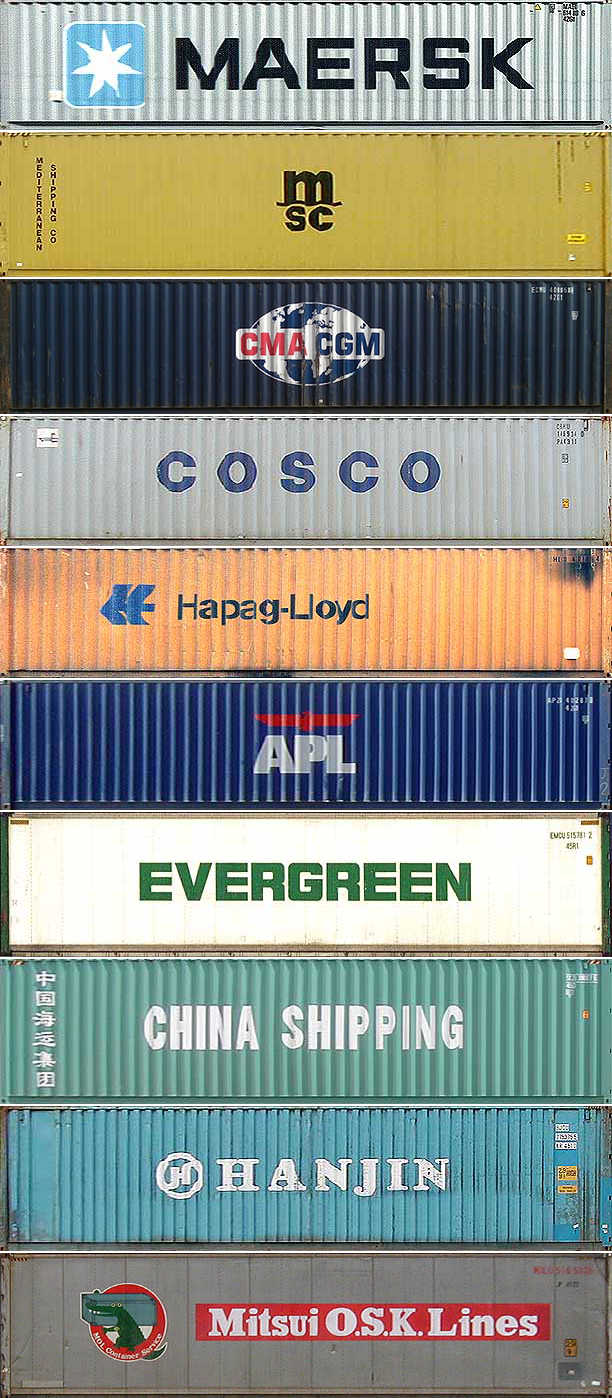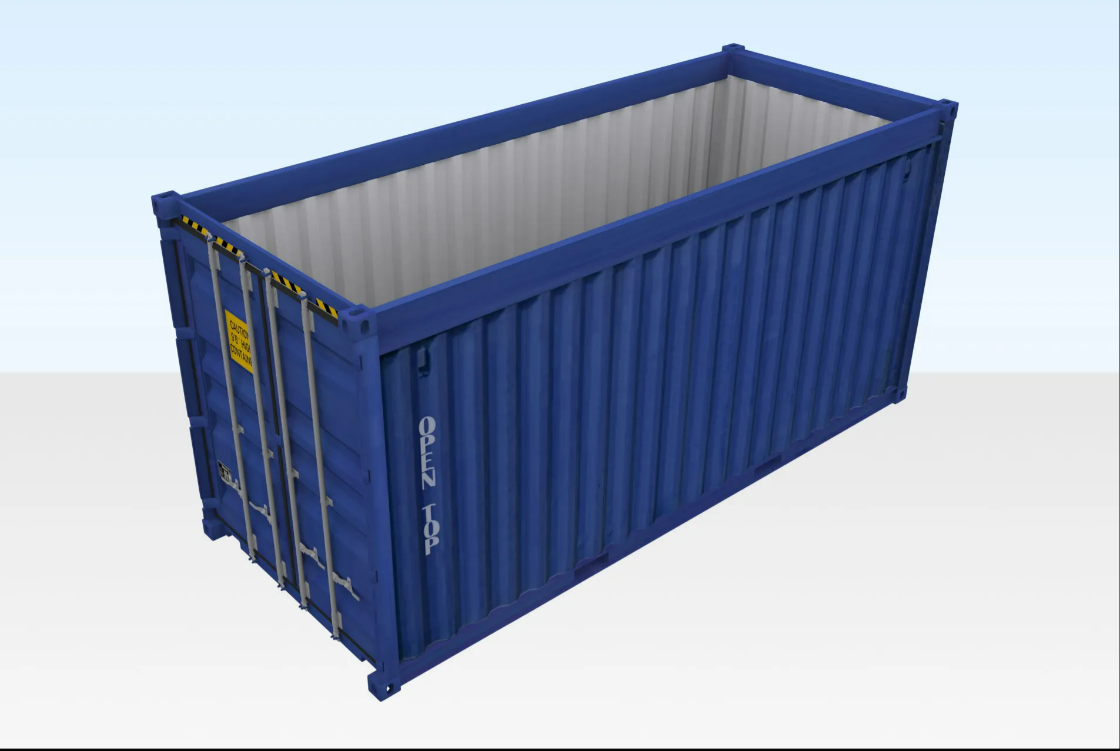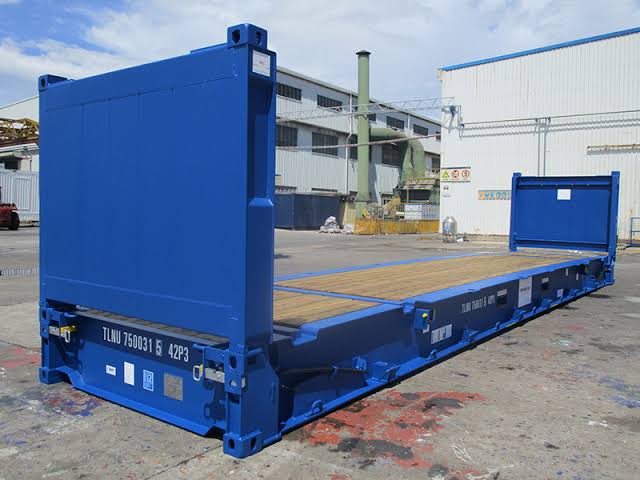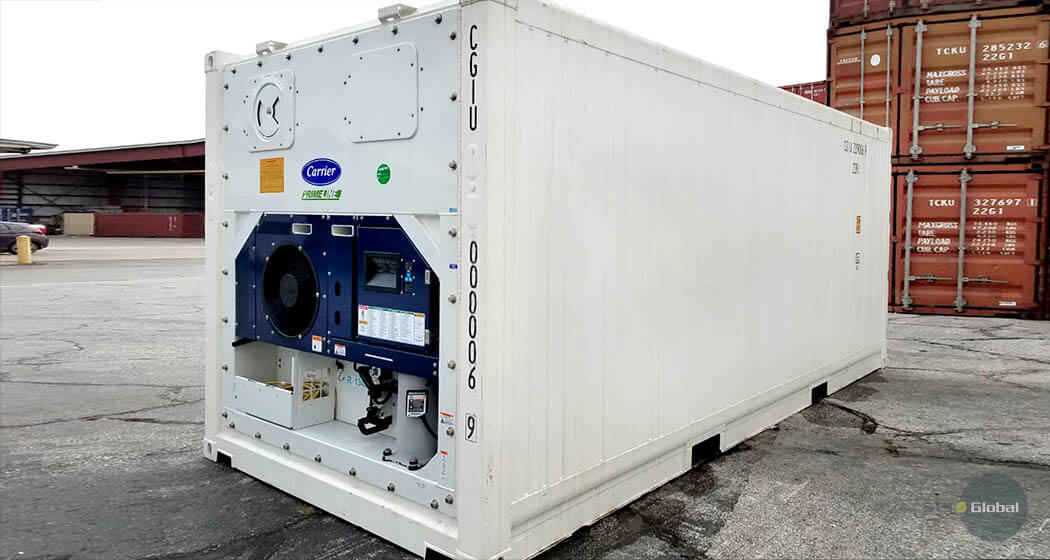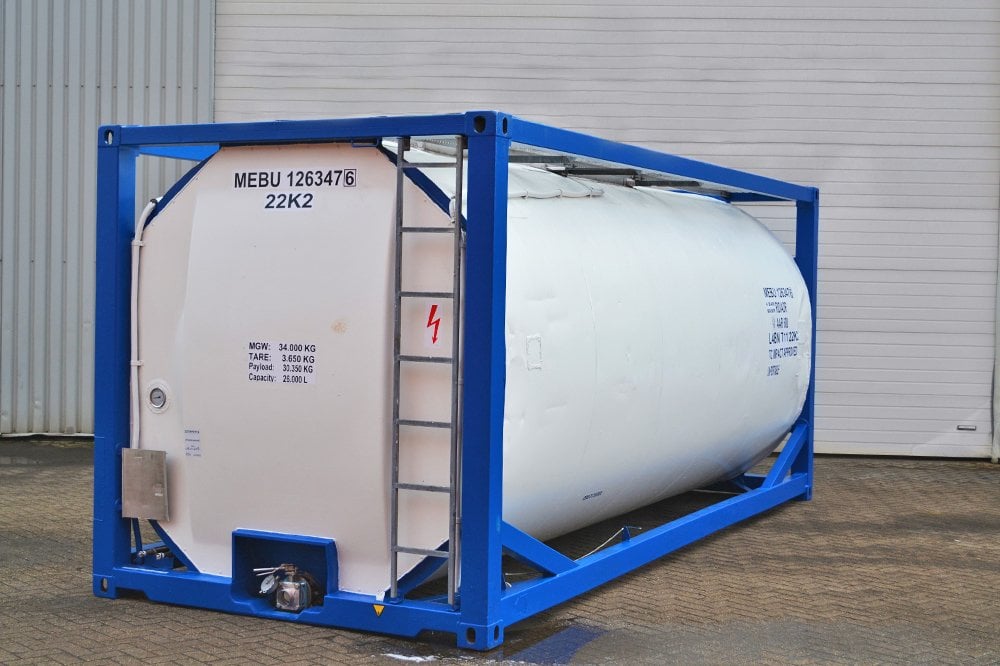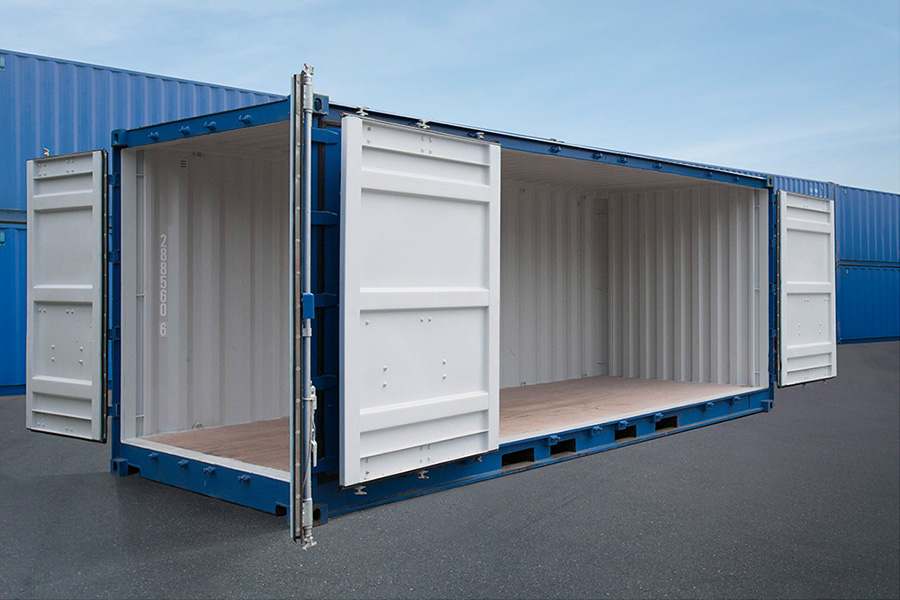Are you seeking to enhance your trucking logistics operations? Explore efficient strategies for optimizing trucking logistics with a focus on shipment truck routes. Discover how to streamline freight transport and enhance cargo transportation for maximum efficiency.

Table of Contents
- Understanding the Significance of Optimizing Shipment Truck Routes in Trucking Logistics
- Factors to Consider When Optimizing Shipment Truck Routes
- Leveraging Technology for Route Optimization in Trucking Logistics
- Implementing Sustainable Practices in Freight Transport
- Additional Optimization Methods
- Conclusion
Understanding the Significance of Optimizing Shipment Truck Routes in Trucking Logistics
Efficient truck routes are pivotal for businesses engaged in freight transport. Beyond just reducing costs, optimized routes can significantly enhance customer satisfaction through timely deliveries and improved service reliability. It’s essential to recognize that every minute saved in transit time contributes to overall operational efficiency.
Get a free consultation on optimizing your truck logistics from the professionals at SFC B.V.
Factors to Consider When Optimizing Shipment Truck Routes
- Traffic Patterns: Analyzing historical traffic data and leveraging real-time traffic updates allows for the identification of optimal delivery windows. By avoiding peak traffic hours and congestion-prone routes, trucks can maintain consistent speeds and reduce the likelihood of delays.
- Distance and Time: While selecting the shortest route is intuitive, it’s crucial to balance distance with other factors such as road conditions and speed limits. Advanced route optimization software factors in these variables to determine the most time-efficient path, not just the shortest one. Additionally, considering delivery time windows and customer preferences can further refine route planning.
- Load Capacity: Maximizing truck load capacity is a fundamental aspect of route optimization. By optimizing load planning and consolidation, businesses can reduce the number of trips required to transport goods, thereby lowering fuel consumption and operational costs. Utilizing advanced load optimization algorithms can help achieve maximum efficiency while ensuring compliance with weight regulations.
Leveraging Technology for Route Optimization in Trucking Logistics
Route optimization software has become indispensable for modern trucking logistics operations. These sophisticated tools employ algorithms that consider a myriad of variables, including traffic patterns, road conditions, delivery schedules, and vehicle specifications. By harnessing the power of data analytics and real-time updates, businesses can dynamically adjust routes to account for unforeseen circumstances and optimize efficiency on the fly. Additionally, integrating GPS tracking systems allows for real-time monitoring of vehicle locations and route adherence, enabling proactive intervention to mitigate potential disruptions.
Implementing Sustainable Practices in Freight Transport
In addition to efficiency gains, optimizing truck routes can contribute to sustainability efforts in freight transport. By minimizing mileage and optimizing fuel consumption, businesses can reduce their carbon footprint and environmental impact. Moreover, adopting eco-friendly vehicle technologies, such as electric or hybrid trucks, can further enhance sustainability while aligning with corporate social responsibility goals. Furthermore, optimizing routes to prioritize alternative fuels or renewable energy refueling stations can support long-term sustainability objectives.
Additional Optimization Methods
Dynamic Routing
Utilize dynamic routing to make real-time adjustments based on changing conditions such as weather, traffic, and road closures. By incorporating dynamic routing capabilities into your logistics operations, you can ensure uninterrupted delivery schedules and adapt quickly to unexpected events, minimizing disruptions and maximizing efficiency.
Multi-Modal Transport
Incorporate multiple modes of transport, such as rail or sea transport, for long-distance hauls to optimize logistics efficiency and minimize transit times. By diversifying your transportation methods, you can leverage the strengths of each mode while mitigating the limitations of individual modes, resulting in improved overall efficiency and cost savings.
Collaborative Logistics
Collaborate with other businesses or carriers to share transportation resources and consolidate shipments, leading to significant cost savings and efficiency improvements. By pooling resources and coordinating logistics activities, businesses can optimize capacity utilization, reduce empty miles, and streamline the overall supply chain, resulting in enhanced efficiency and competitiveness.
Predictive Analytics
Harness predictive analytics to anticipate future demand patterns and market trends, enabling proactive adjustments to shipment schedules and routing strategies. By leveraging data-driven insights, businesses can forecast demand fluctuations, optimize inventory levels, and adapt routing strategies to meet changing market dynamics, improving overall operational efficiency and customer service.
Continuous Improvement
Foster a culture of continuous improvement by regularly evaluating performance metrics, soliciting feedback, and implementing process enhancements to refine route optimization strategies. By embracing a mindset of continuous learning and adaptation, businesses can identify opportunities for optimization, address inefficiencies, and drive continuous improvement across the organization, resulting in sustained operational excellence and competitiveness.
Driver Training and Incentives
Invest in driver training programs and incentive schemes focused on efficient driving techniques and route optimization to maximize operational efficiency and reduce fuel consumption. By equipping drivers with the necessary skills and incentives to optimize their driving behavior and route planning, businesses can improve fuel efficiency, reduce vehicle wear and tear, and enhance overall operational performance.
Customer Collaboration
Collaborate with customers to optimize delivery schedules and implement efficient receiving processes, fostering mutually beneficial partnerships and driving efficiency across the supply chain. By actively engaging with customers and aligning logistics strategies with their requirements and preferences, businesses can enhance service levels, reduce lead times, and improve overall customer satisfaction, ultimately driving long-term success and loyalty.
Conclusion
Optimizing shipment truck routes is a multifaceted endeavor that requires a strategic blend of data-driven decision-making, technology integration, and collaboration. By leveraging advanced technologies, embracing continuous improvement, and fostering collaboration across the supply chain, businesses can unlock substantial cost savings, improve operational efficiency, and enhance customer satisfaction levels. Begin your journey towards enhanced trucking logistics efficiency today by implementing these proven strategies and embracing the transformative power of optimized shipment truck routes!

SHIPPING FREIGHT COMPANY B.V.
we’ve got your cargo covered with a full range of container options. Reach out today for top-notch service at competitive prices.


